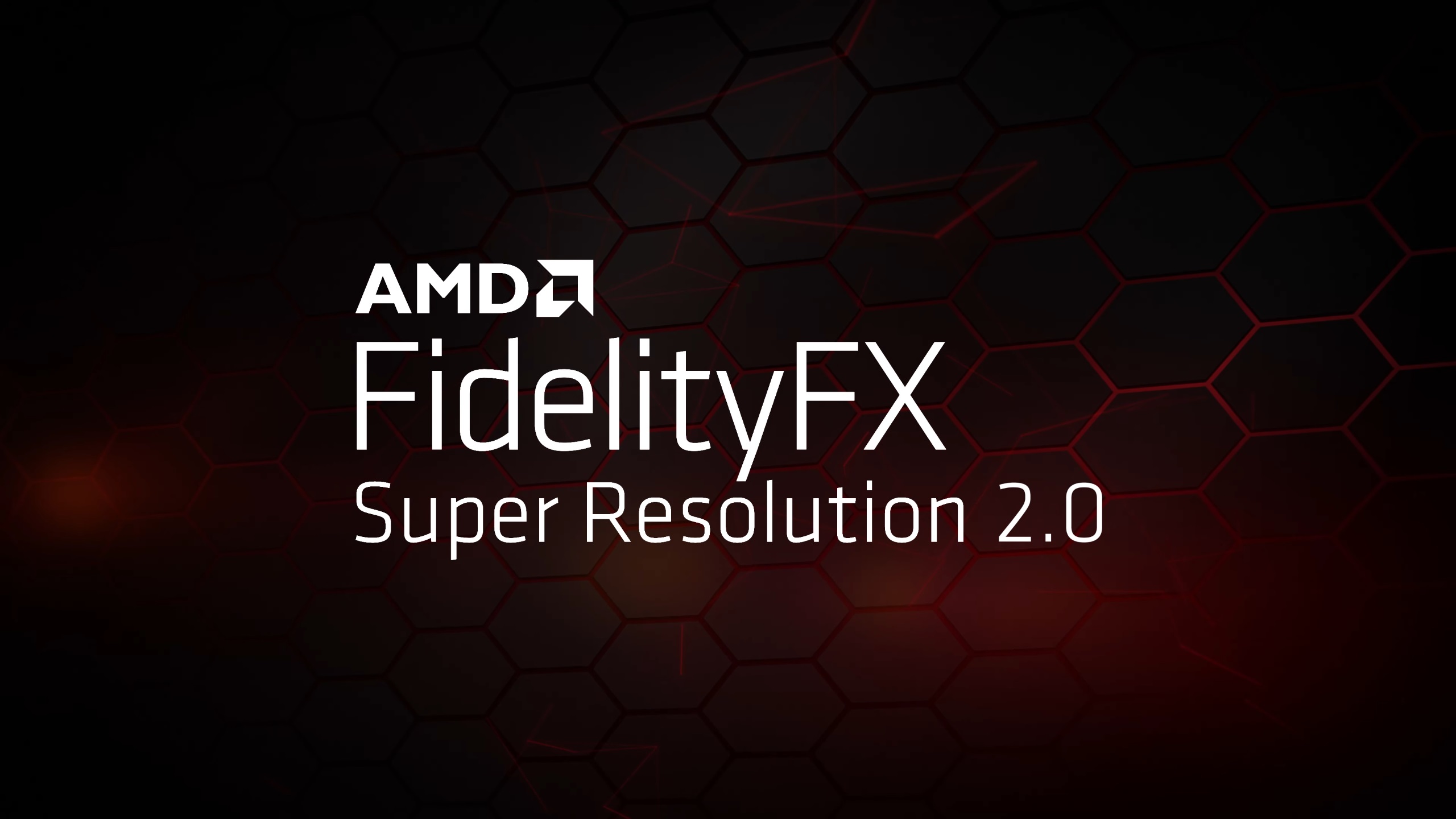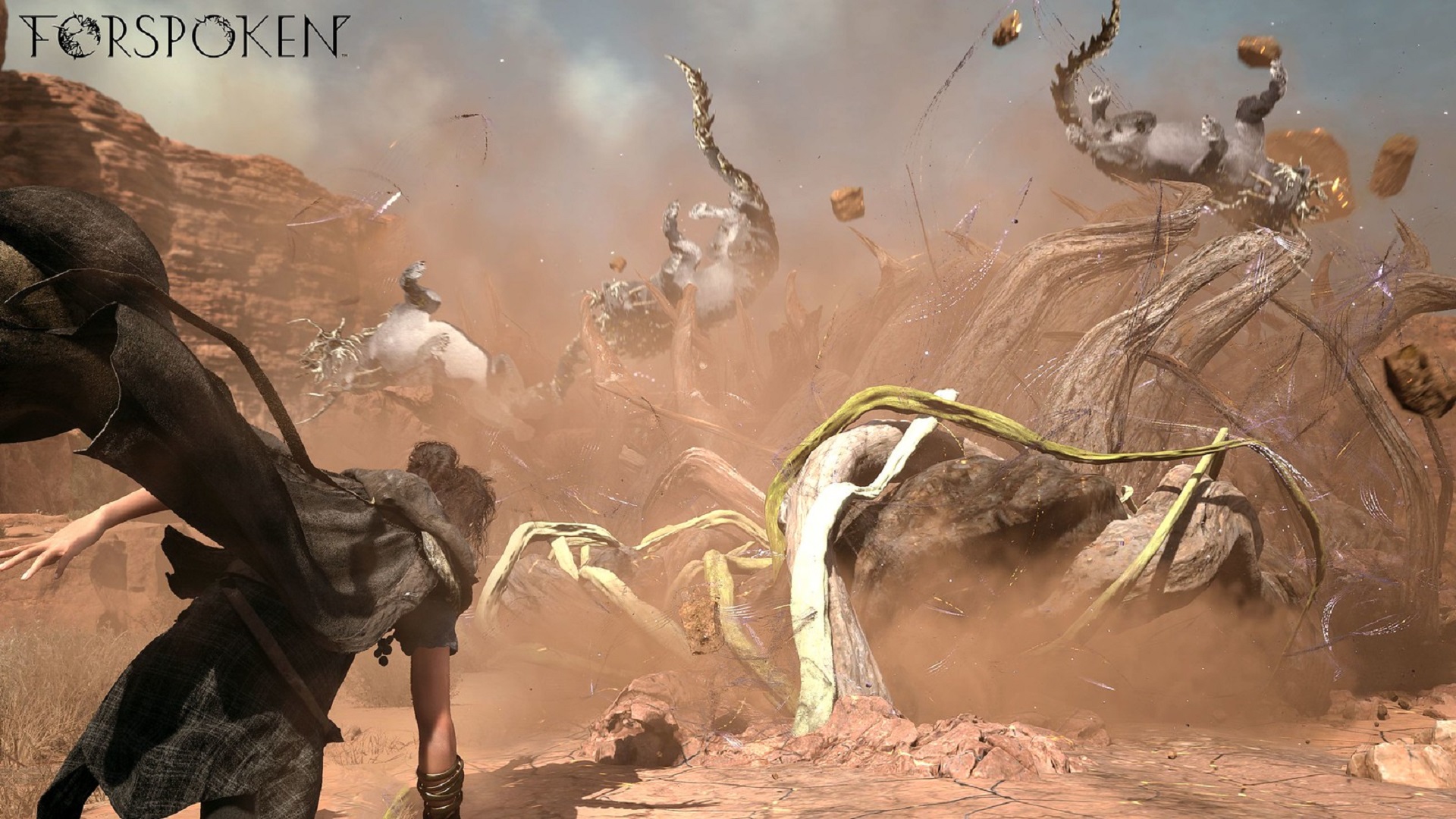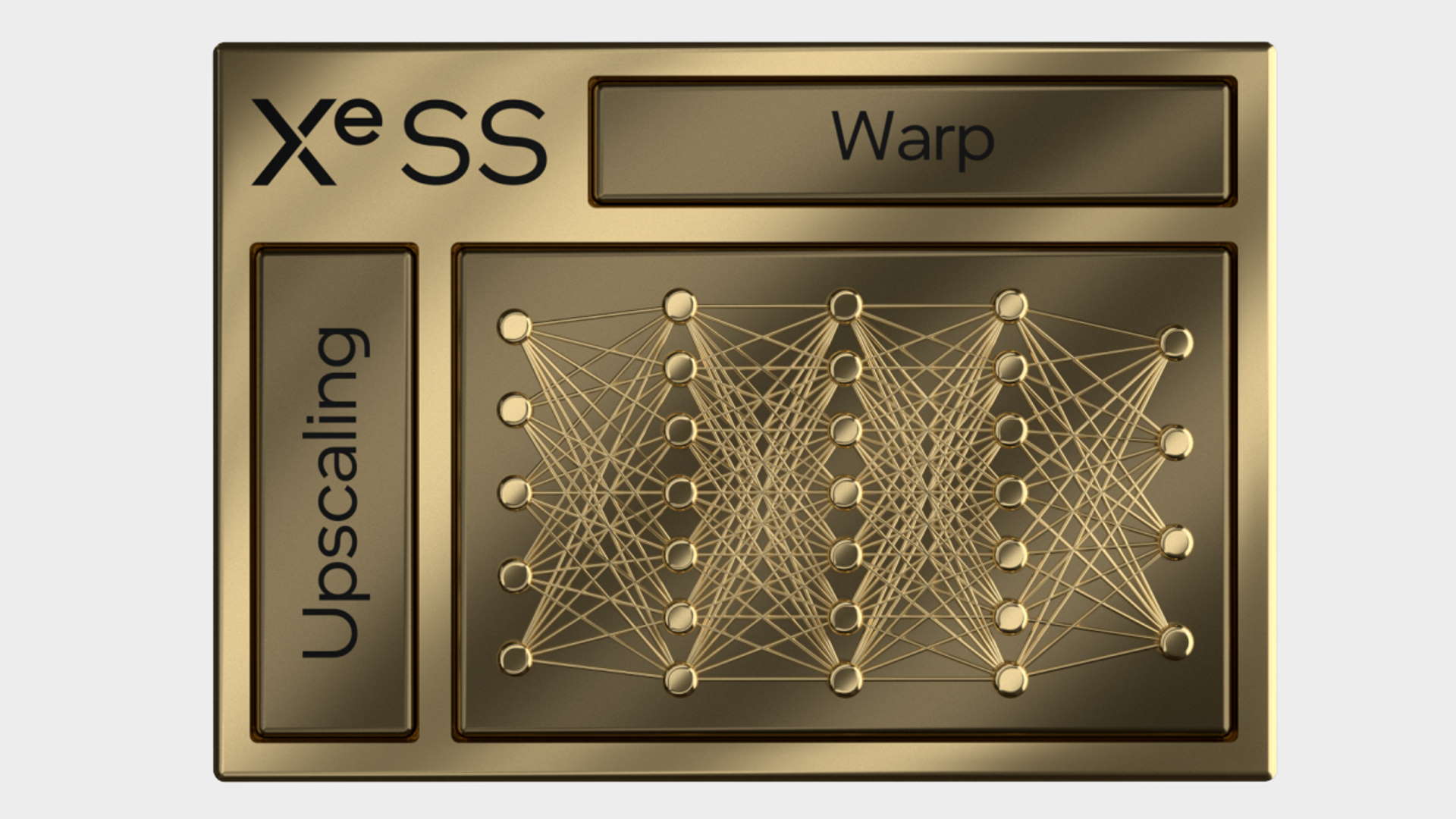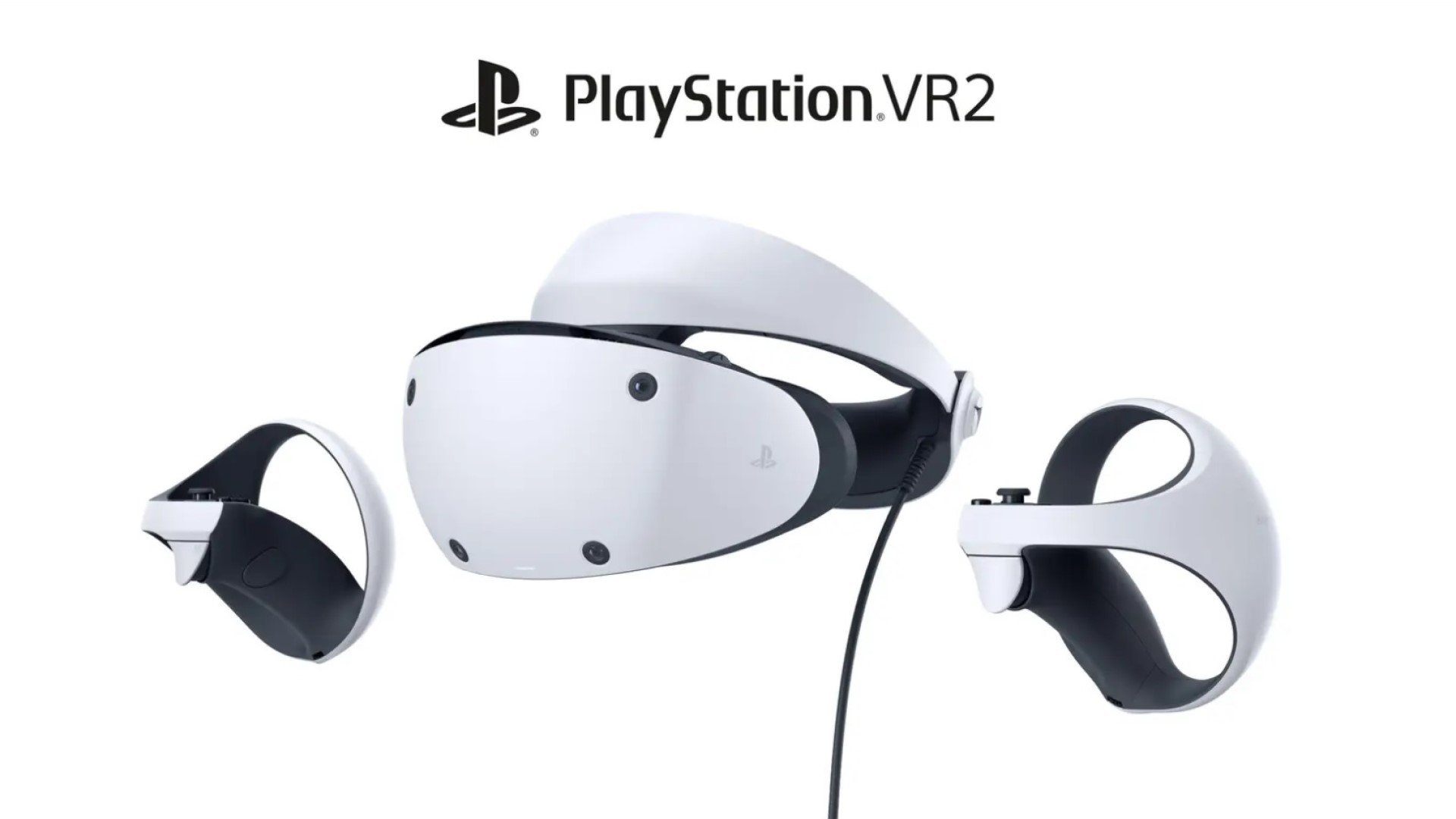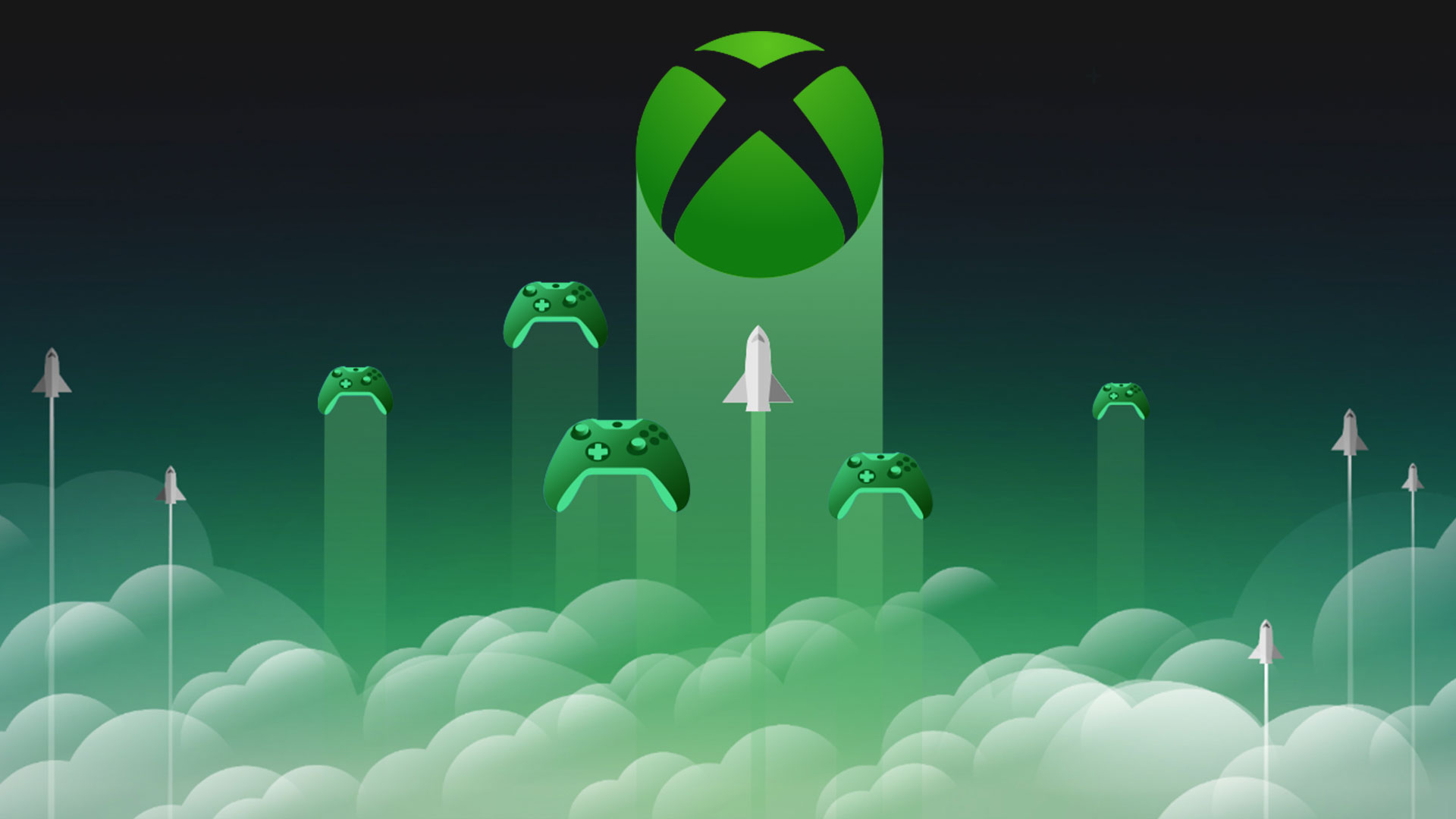
Like most other things, due to the pandemic, GDC had been on the backburner these last couple of years, but everything slowly going back into a semblance of a routine, 2022 saw the return of the Game Developer Conference- which is great for the industry, of course. By its very nature, GDC is a very different beast from your E3s and your Gamescoms, but even see, each new GDC brings us significant news updates and fascinating new looks at upcoming tech, and this year was no different. To that end, here, we’re going to talk about what we felt were the highlights of GDC 2022.
OMNIVERSE
This is strictly something that applies to the behind-the-scenes development work, but it’s still an interesting idea. Nvidia’s Omniverse is a platform that’s designed, first and foremost, around enabling and encouraging collaborative design for art and 3D assets. According to Nvidia, it will allow developers to share and collaborate in real time much more easily and seamlessly, use an AI-powered feature that will generate high-quality facial animations using just an audio file, and more, all under a single platform. As is very much apparent, something like this isn’t necessarily going to excite or interest the gaming audiences, but it seems like Omniverse is meant to not only to help developers save time and make existing development pipelines more efficient, but also to improve existing technologies. If it works like it’s supposed to, it could be a huge boost to developers.
FSR 2.0
AMD introduced its supersampling tech FidelityFX Super Resolution not that long ago, and while it hasn’t impressed on the same level as something like Nvidia’s DLSS, there’s no denying that it has proved pretty effective in several games. Now, the company is improving upon it with FSR 2.0, which seems to be looking to close a little bit of a distance to DLSS. AMD says FSR 2.0’s temporal upscaling a lot more information from multiple frames, which means the upscaling is going to be much cleaner and more efficient. In other words, that means that theoretically, it’s possible for FSR 2.0’s upscaling to even look better than native resolution, something that hasn’t been possible with FSR up until now- though whether it matches what DLSS does remains to be seen.
FORSPOKEN
Square Enix recently delayed Forspoken from its May launch into October this year, but even though, the publisher did bring the game to GDC 2022 to give us a sneak peak of some of the tech powering it. It will, for starters support FSR 2.0, and on both PS5 and PC, the game will leverage features such as ambient occlusion, screen space reflections, variable shading, and a Denoiser. Meanwhile, a decent chunk of the game’s showing at GDC was focused on its implementation of Microsoft’s DirectStorage API and how that will improve loading. Developer Luminous Productions showed several examples of cutscenes loading in less than two seconds, while the developer also says that some scenes will be able to lead in a single second.
INTEL XeSS
It wasn’t just AMD that was showing off its supersampling tech at GDC 2022. Intel was there with its own DLSS competitor too, showing off the upcoming Xe Super Sampling (or XeSS) with a new 4K tech demo, built using Unreal Engine, which looked suitably impressive. Meanwhile, new details on the tech were also revealed, such as the fact that it will have five scaling options, including an Ultra Quality mode, which, on paper, trumps DLSS and FSR. Beyond that, a lot of what Intel showed and talked about largely reiterated information that’s been previously revealed, but either way, it has to be said that, based on what we’ve seen so far, XeSS is shaping up rather well. Of course, there’s still no word on when exactly it will launch, so there’s that.
ENEMIES – UNITY
As we move deeper into the current console generation, those who make the tools with which developers make games are also stepping up their game. Unity, for instance, was at GDC with something rather special- the company was showing off an impressive new tech demo called Enemies, which is surely a visual spectacle. The primary purpose of the tech demo is to highlight all the improvements Unity has made to its toolset and pipelines for creating digital humans, with a special focus on their eyes, skin, and, in particular, hair, thanks to new new High Definition Render Pipeline (or HDRP) capabilities. Unity also says its paved the way for the introduction of new tools that will streamline pipelines and make them easier for developers to use.
PSVR2
For the larger gaming masses, this is probably the one bit of news that will turn the most heads- even though VR is still fairly niche. Over the last few months, Sony has released new details on PSVR2 at a drip feed, but bit by bit, plenty has been said about it. We’re still yet to see the headset and the controllers outside of images, of course, but it seems a lucky few got to be the first ones to have that experience recently. As it turns out, at GDC 2022, the PSVR2 was demoed by a few people behind-closed-doors. There’s no footage from that, of course, nor any detailed impressions videos or articles, but the brief impressions that have come out have suggested that the virtual reality headset is shaping up very well.
MICROSOFT’S CLOUD DIVISION
Microsoft has been expanding its presence in the cloud gaming space bit by bit these last few years, and at GDC 2022, took another big step in that arena. Xbox Game Studios announced that it has opened up a new division that’s going to be focused on working with partnered studios on Xbox-exclusive games that are cloud-native- which, in a nutshell, refers to games that are built and will be running entirely in the cloud. The division is led by former Valve designer Kim Swift, who was instrumental in the development of games like Portal and Left 4 Dead and joined Microsoft last year. Leaks have repeatedly claimed that Hideo Kojima’s next game is going to fall under this cloud division as an Xbox-exclusive- though that’s yet to be officially announced.








